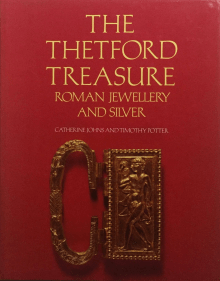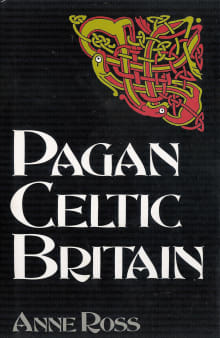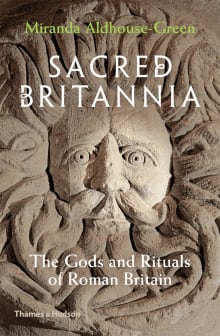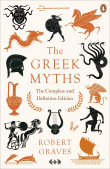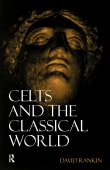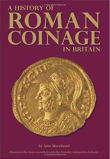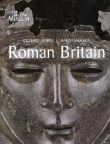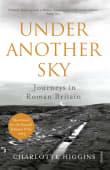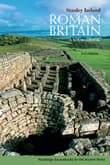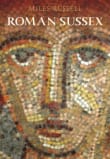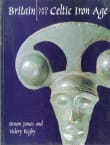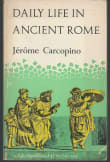This well-illustrated and highly readable book (available in hardback and paperback) is a comprehensive discussion of archaeological evidence for sacred buildings in late Iron Age and Roman Britain: ranging from grand Classical public sanctuaries, such as the temple of Claudius at Colchester, to rural, more intimate shrines, such as the temple dedicated to Apollo Cunomaglus at Nettleton in Wiltshire. Many sanctuaries, particularly in south-west England, seem purposefully to have been built within a day’s walk of each other and (sometimes, perhaps) within sight of one another, and it is tempting to see these ‘chains of sanctity’ as pilgrim routes, akin to the Camino trails of southern France and northern Spain. Reconstruction drawings in this book cause the ruins of Roman Britain’s shrines to spring into life, and make it easy to imagine what it must have been like to visit and worship at these holy places. The finds, also, tell us so much about the priests who presided over them and the devotees who prayed there. Religious regalia such as headdresses and sceptres, which were worn and carried by religious officials; incense burners that might have brewed psychotropic substances to send priests (and supplicants) into trance states; images of the gods that formed a focus for worship: some Roman, some local, and some a combination of both; the remains of animal sacrifices, and the trophy-arms of defeated enemies all bear witness to the life of these sanctuaries. Votive offerings, whether of personal possessions or models of parts of the bodies of the sick, offered to the gods in the hope of reciprocal healing, all contribute to understanding the vibrancy of ritual behaviour that was at the very heart of Romano-British life.




